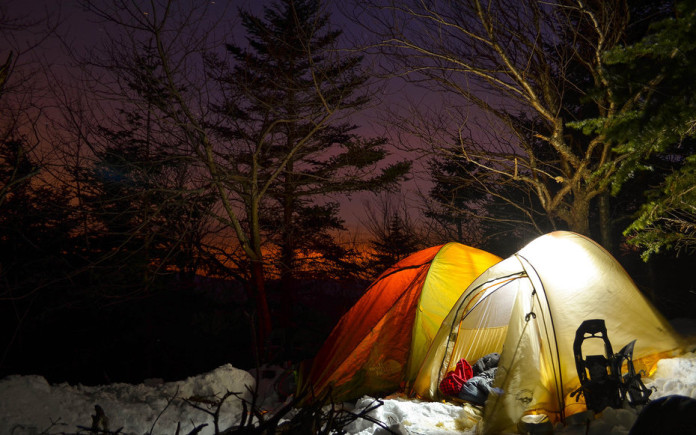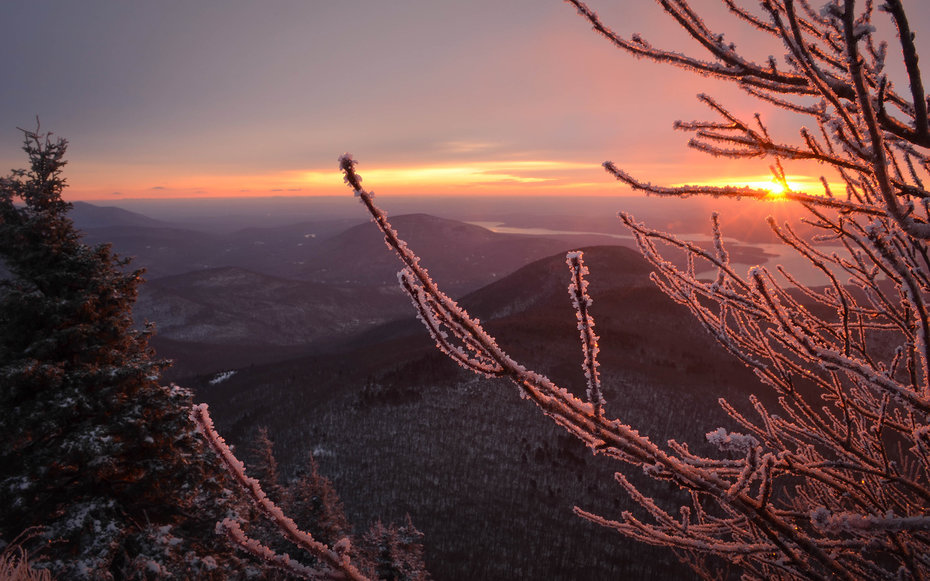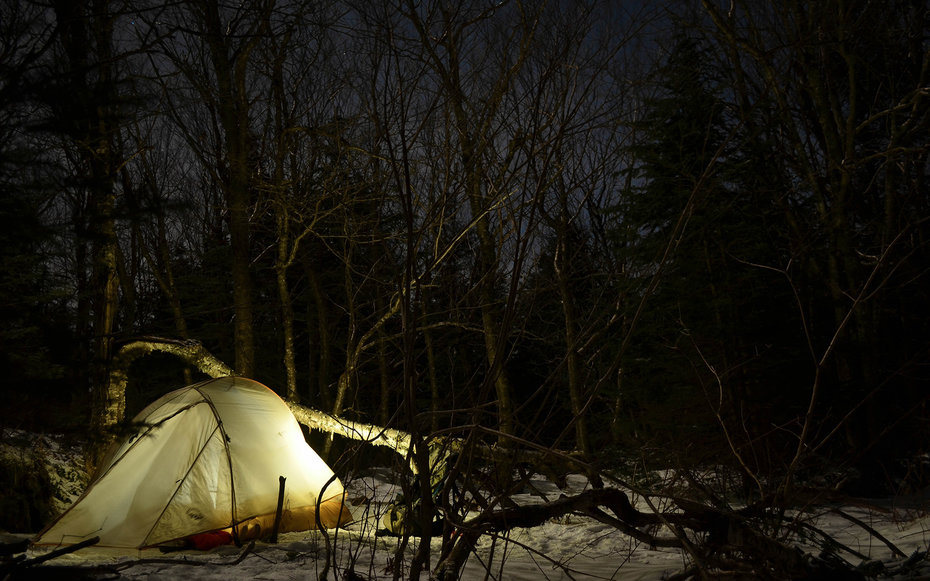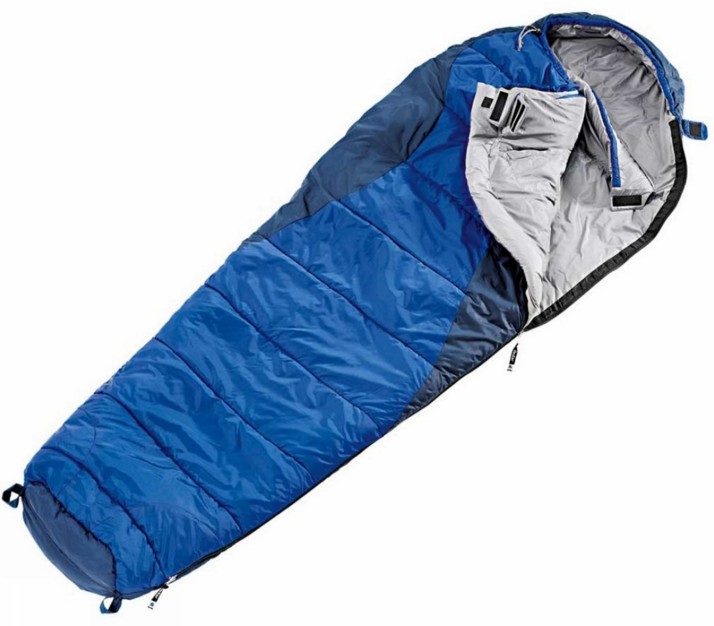Cold weather doesn’t mean you have to spend the next few months on the couch. Here’s how to stay outside all winter long.
- Himalayan treks for beginners — 8 essential tips you should keep in mind when trekking in the Himalayas
- Top 10 European road trip routes to get off the tourist trail
- Xinjiang blog — A journey to the paradise on earth
- Visit Shiding Thousand Island Lake Taiwan — Explore the beautiful scenery of Taipei in one day
- Poon Hill trek itinerary 4 days — The suggested Poon Hill trekking for 4 days
Now that the cold weather has arrived—and dumped snow on most of the northeast—most people have hung up their hiking boots in exchange for a long winter of hibernation and Netflix. Very few see this time of year as an opportunity to enjoy the outdoors in its most peaceful state: glittering with frost and devoid of people and mosquitos.
Winter is an ideal time to take advantage of beautiful, snow-covered summits and trails that were packed with groups of people taking selfies just a few months prior. By packing the proper gear and practicing these useful skills, you’ll be just as comfortable during the winter as you’d be on a balmy spring day. Because accessories can be costly, novice hikers and campers may want to consider renting from a local outdoors shop before making any large investments.
For the adventurers looking to exchange their slippers for winter boots, the most rewarding trip of the year awaits: these tips will get you onto the trail now.
1. Wear appropriate footwear
A pair of warm, sturdy hiking boots is the most important thing to have in your winter wardrobe. Scarpa makes an excellent high-end hiking boot, but there are many other less costly options, such as Merrel or Keen, that can be found at any outdoor gear shop, too. It’s important to ensure the boots fit properly before heading out into the woods: no one enjoys hiking with blisters. Not only will the proper boots provide extra support while carrying a heavy backpack up a snowy slope, but they’re also warmer than low-top hiking sneakers. Make sure to wear a thick pair of wool or synthetic socks for added warmth, as well as sock liners to keep your feet dry.
2. Use microspikes
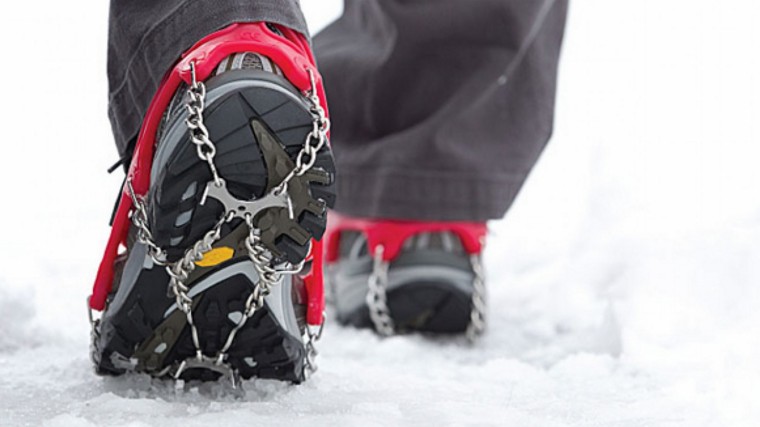
These useful devices are strapped around hiking boots and are best for hard-packed snow and ice. They reduce the chances of slipping or falling on the trail, and maximize the amount of energy you expend hiking. Kathula makes the best microspike on the market and is well worth the investment: they provide excellent traction and minimize the amount of ice build-up on the bottom. A lighter, deeper snow may require the use of snowshoes. Although there are countless brands out there making snowshoes, MSR makes high quality options for all types of terrain.
3. Skip the cotton
Cotton absorbs water quite well, and remains wet for days. If a pair of cotton gloves or socks get wet, they will be useless for the rest of the trip and could potentially put you at risk for hypothermia. Stick with wool, down, or synthetic materials.
4. Add layers
Additional layers will be required to keep warm whenever you are at camp or taking a break, as the second you stop moving your body will begin to cool down. Help maintain the heat you produce during your hike by immediately adding an additional layer whenever you stop. Similarily, putting on a down jacket or fleece as soon as you stop for that trail mix break can make a huge difference—it requires a lot of energy to rebuild warmth once your body temperature has dropped.
5. Pack extras (of everything)
In cold weather, batteries will die faster and wet clothes can’t be worn. Socks and gloves will need to be changed throughout the trip as they become wet. Use your body heat to dry wet articles of clothing, or to maintain a charged battery, by keeping them in a pocket close to your body: and always keep a spare or two on hand.
6. Bring an appropriate sleeping bag
That 40-degree sleeping bag that you use for your annual August camping trip will not cut it in cold weather. To be on the safe side, use a sleeping bag that is rated for approximately 15 degrees less than the coldest temperature expected. Don’t forget that the temperature at higher elevations can be significantly cooler than that at lower elevations: consider this when checking the forecast if you plan on camping several thousand feet above the forecast location. A sleeping bag liner is also a good thing to have for extra warmth.
7. Use your tent’s rain fly
Every tent comes with a fly that is used to cover it when it is raining—some flies are permanent and some are detachable. Regardless of weather conditions, using the rain fly on your tent during cold weather is mandatory, as the fly will maintain a higher interior temperature. If possible, leave room between the rain fly and the tent’s outer walls to increase ventilation and reduce condensation. If there are ventilation zippers, use those, too.
8. Keep your boots close
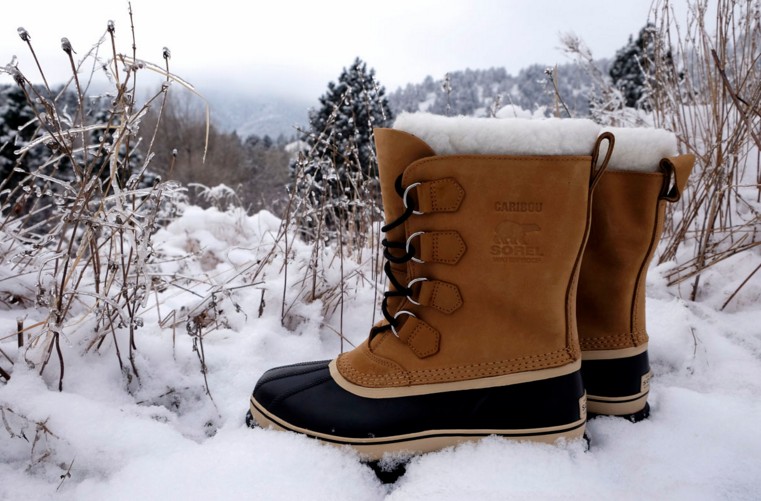
When emerging from your sleeping bag in the morning, the worst thing that you can ask for is frozen boots. Stow them in a waterproof bag and can keep them at the bottom of your sleeping bag at night. Your body heat will prevent your boots from freezing. This technique can be applied to any other items that may need to be kept warm, including batteries, food, gloves, and socks.
































![10 best airports in Asia in 2016 [RANKED] kuala-lumpur-international-airport-best airports in asia in 2016 by skytrax ratings](https://livingnomads.com/wp-content/uploads/2016/08/29/kuala-lumpur-international-airport-best-airports-in-asia-in-2016-by-skytrax-ratings-218x150.jpg)








